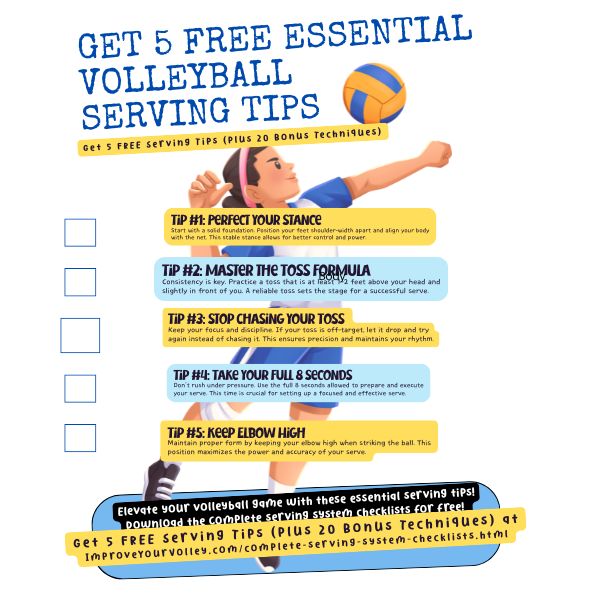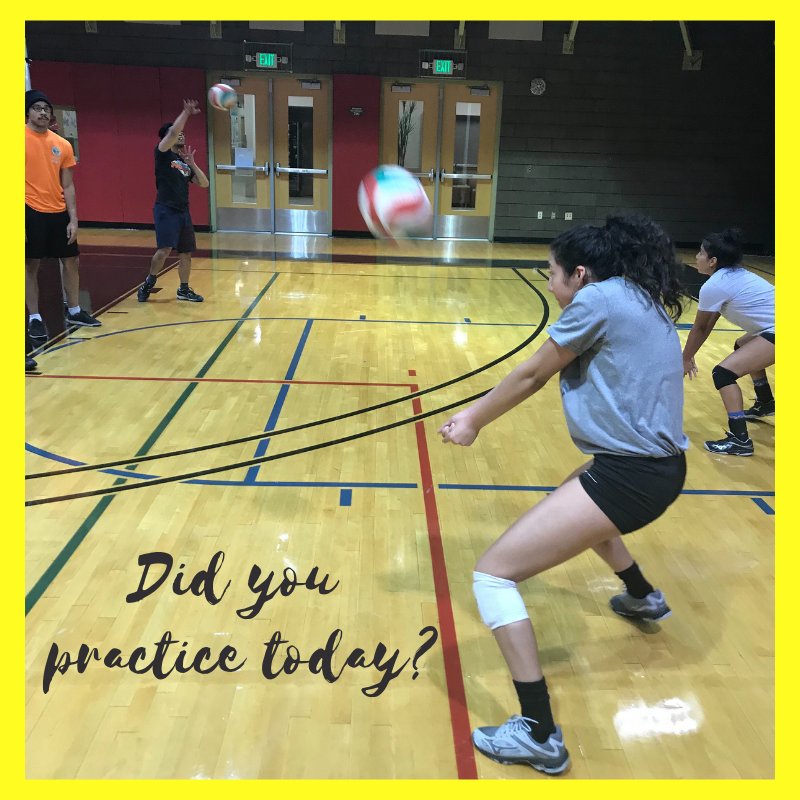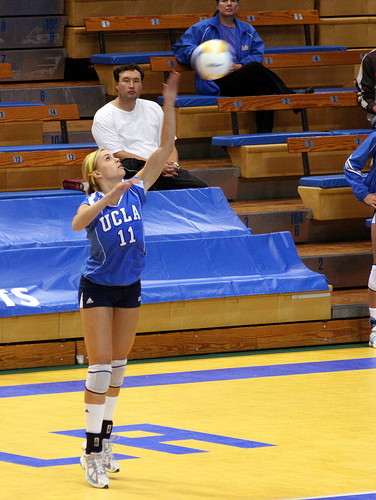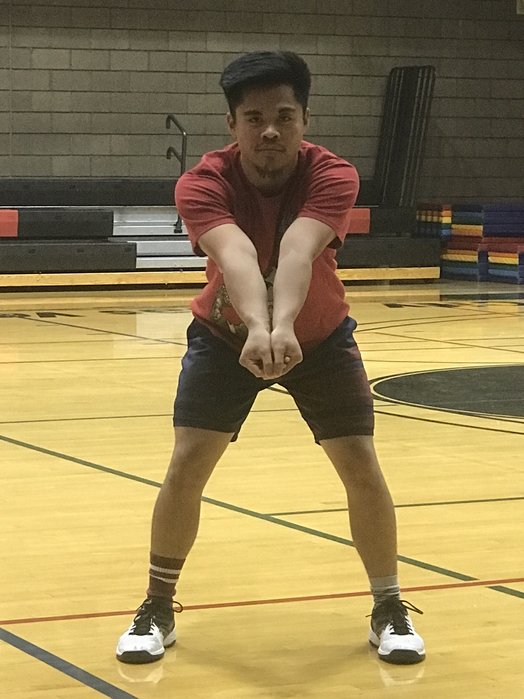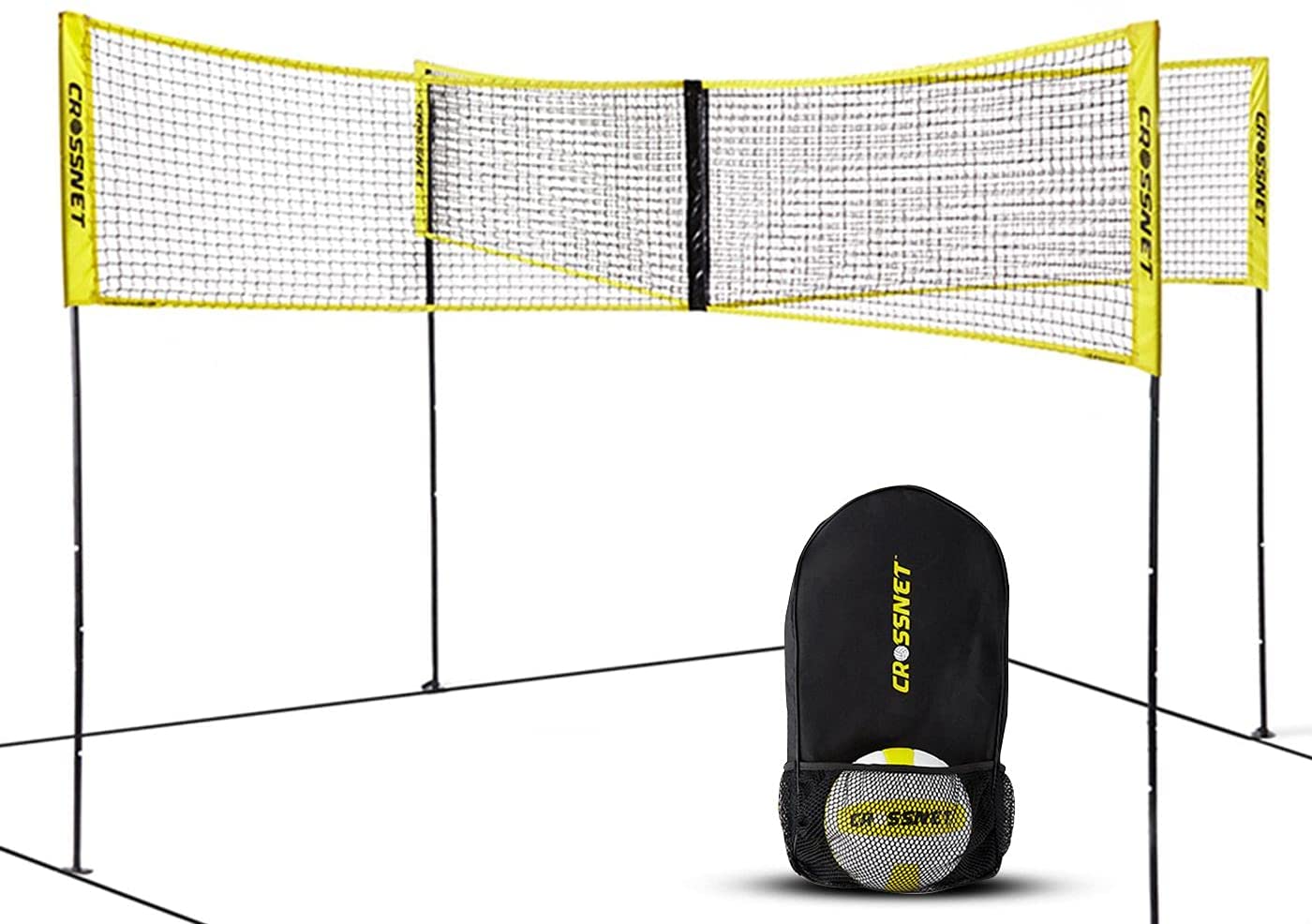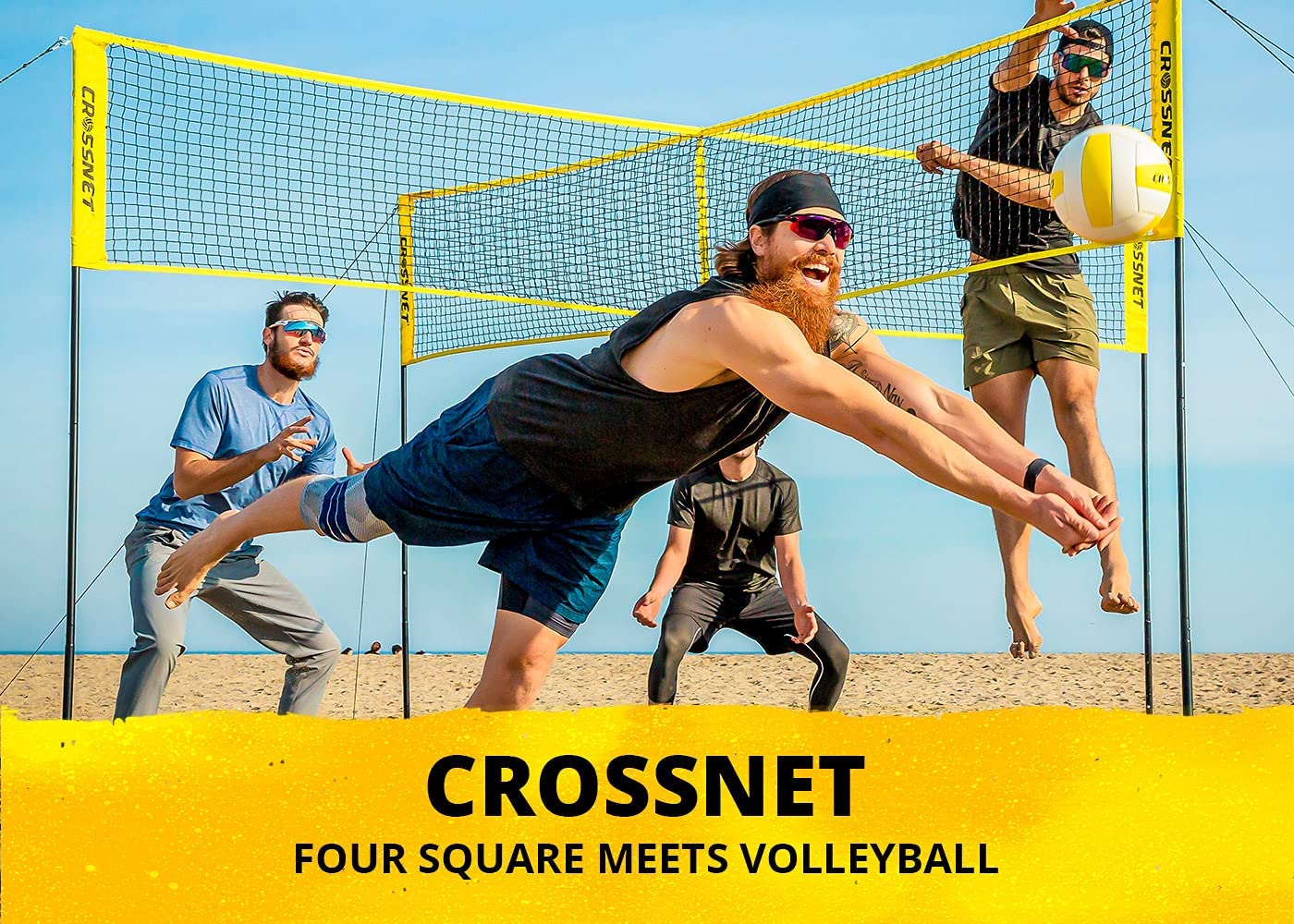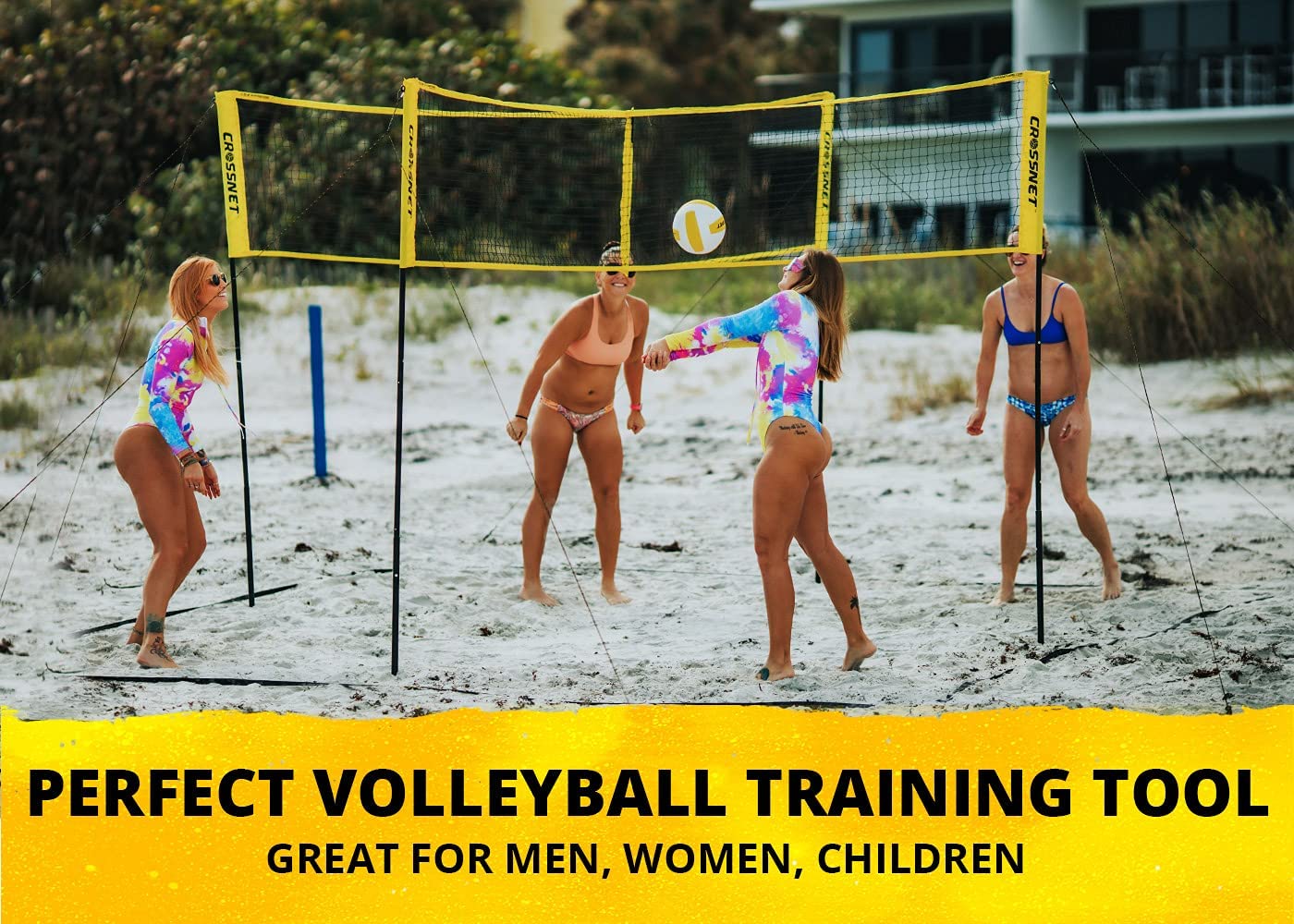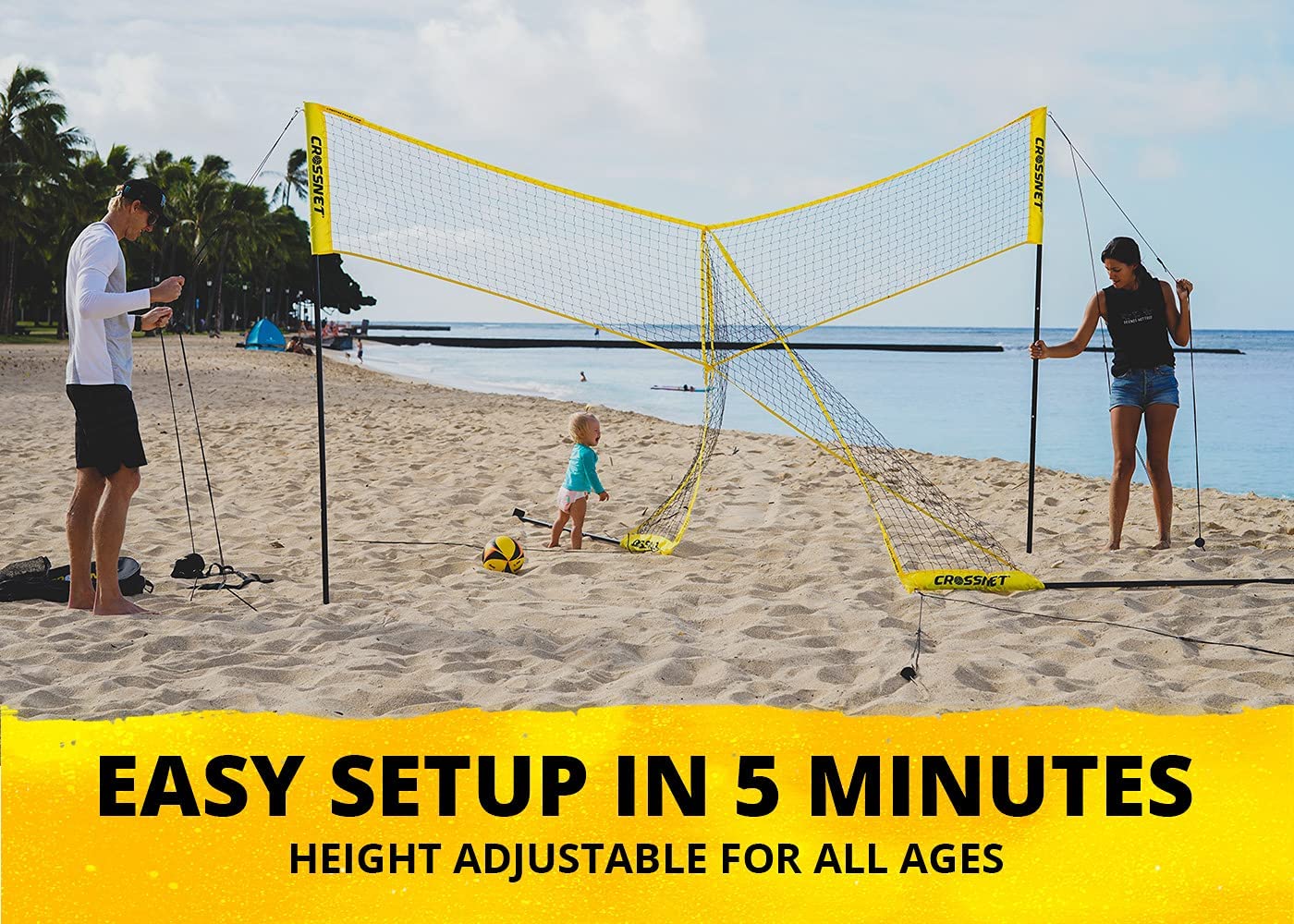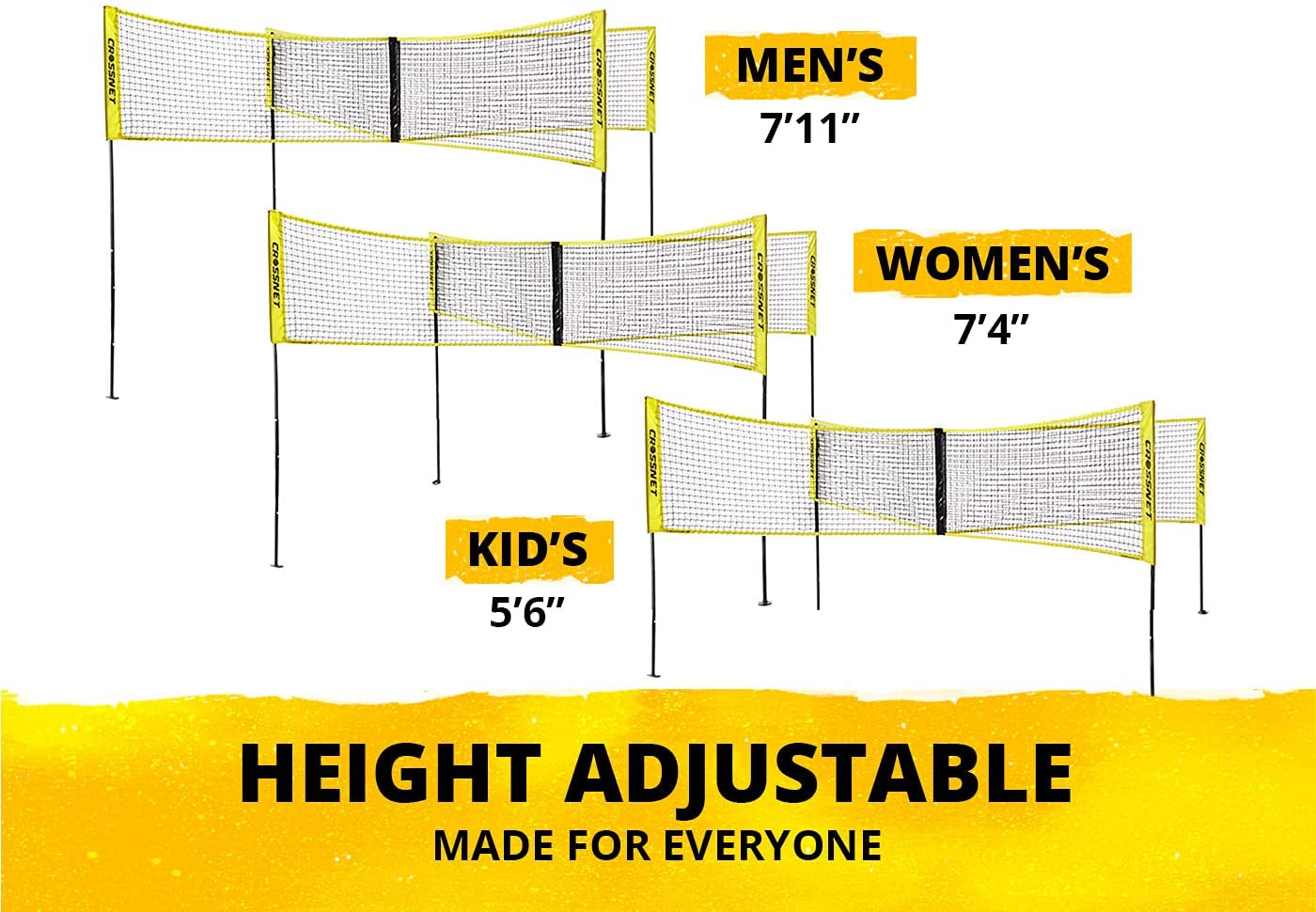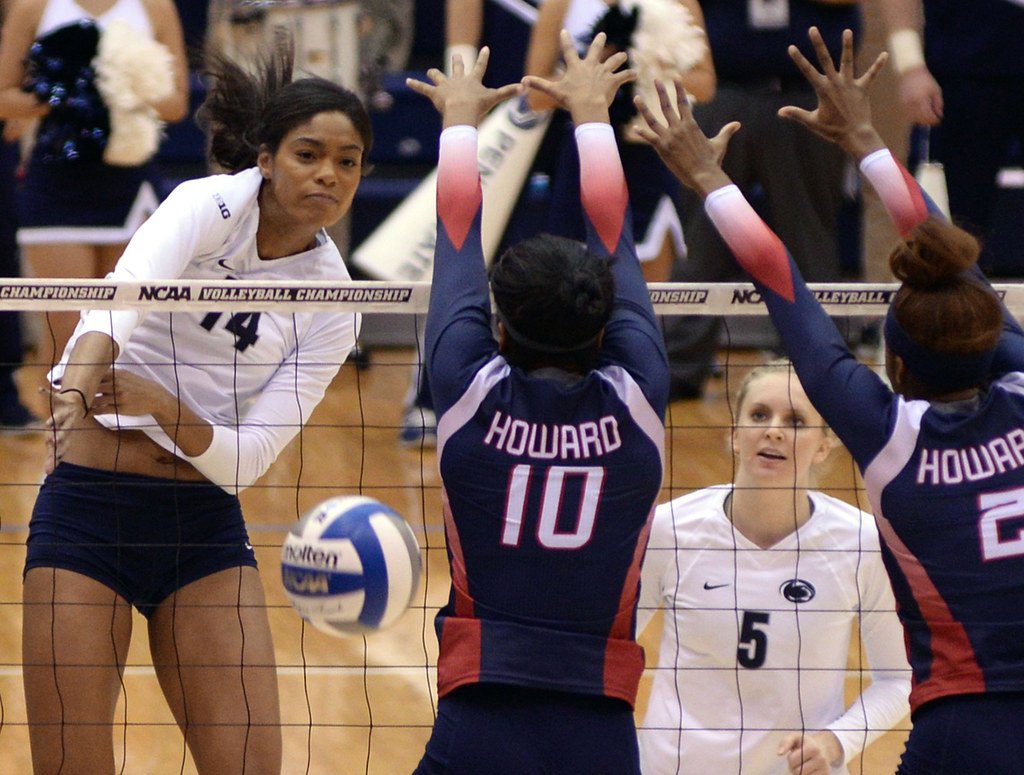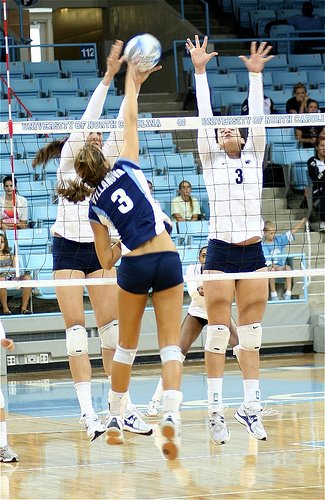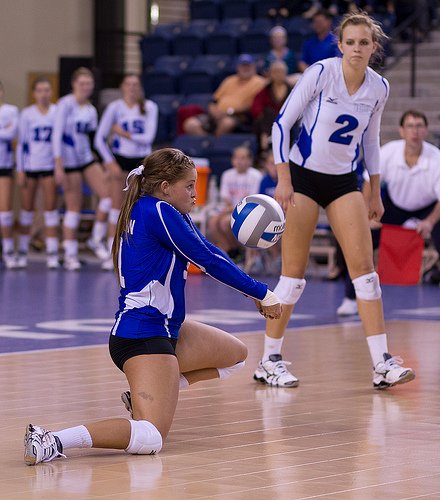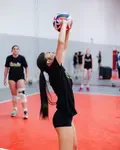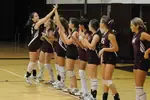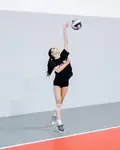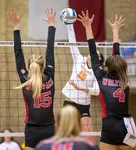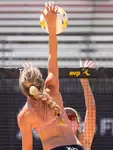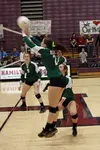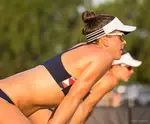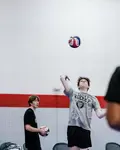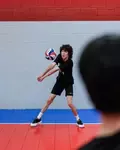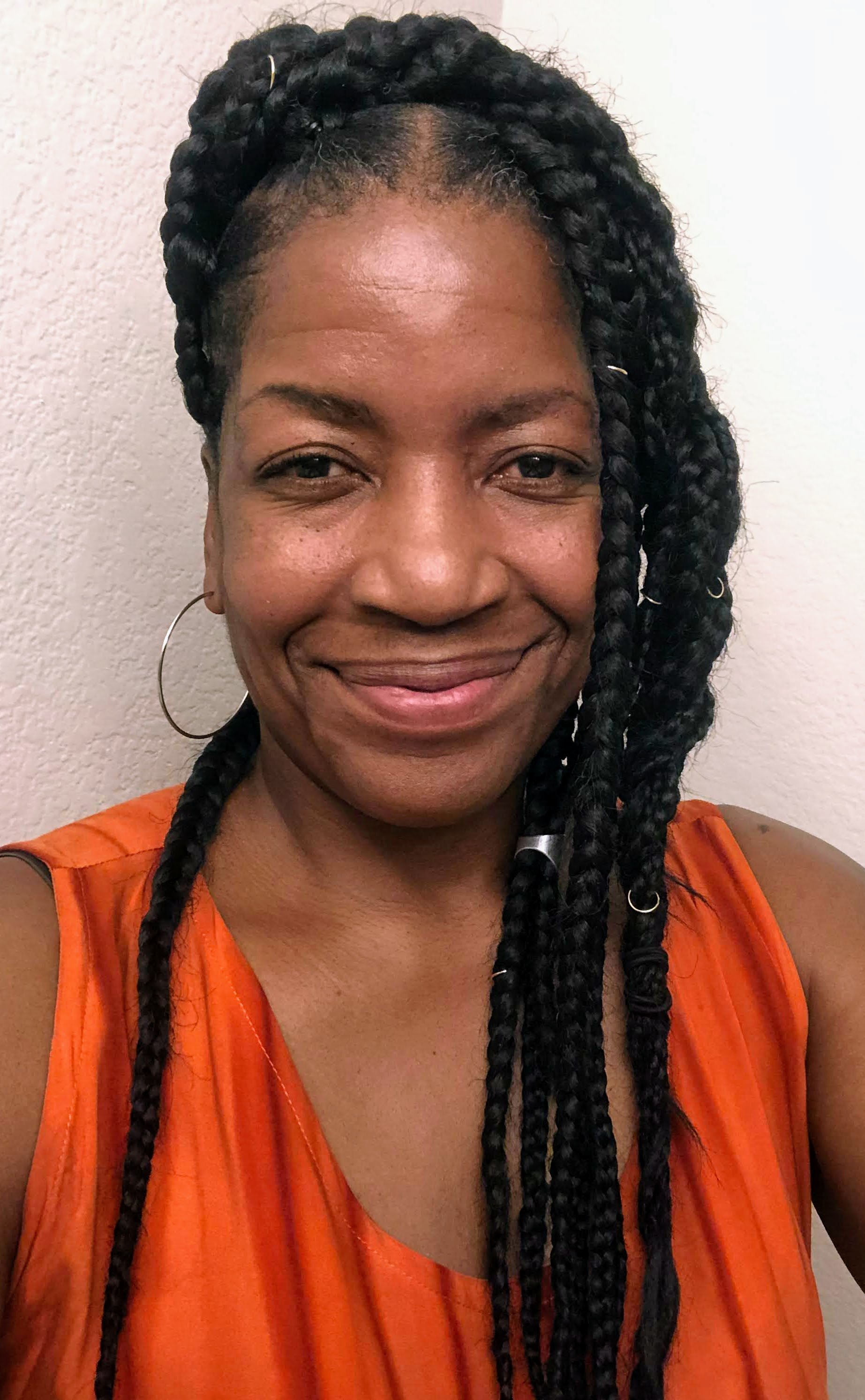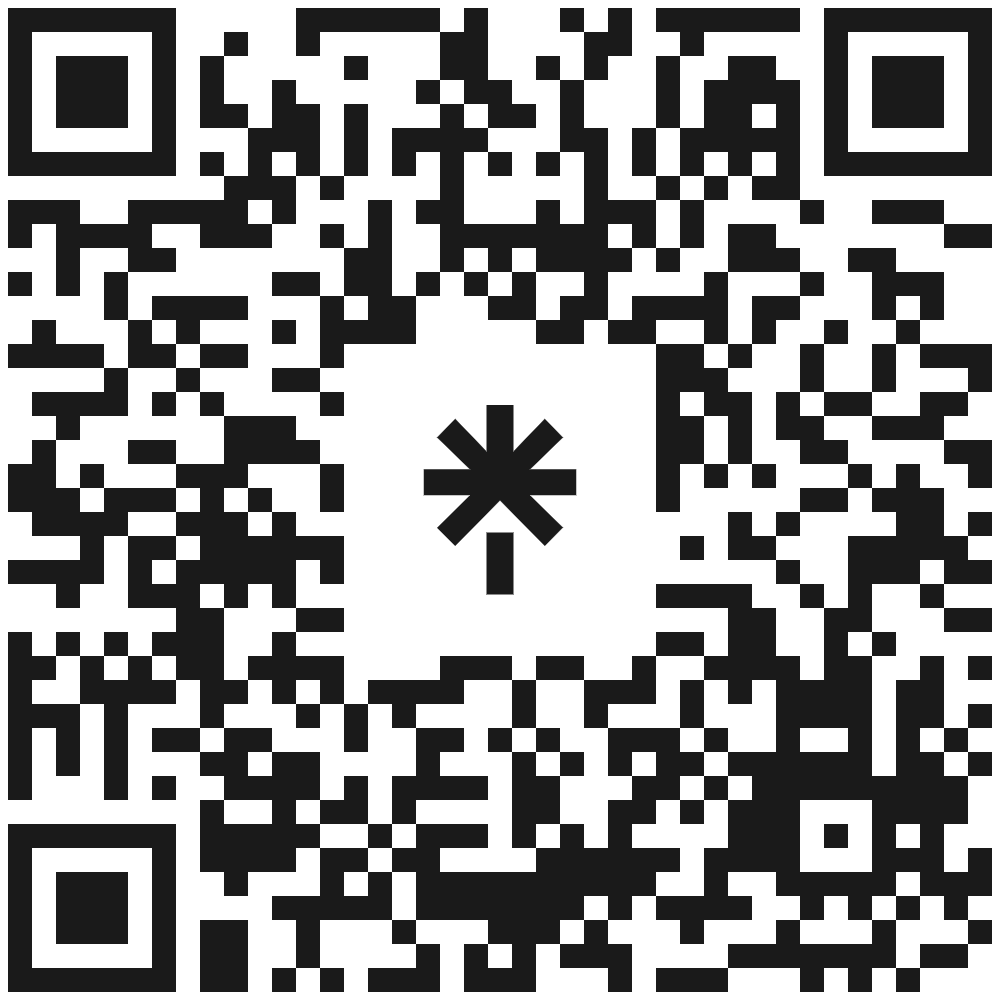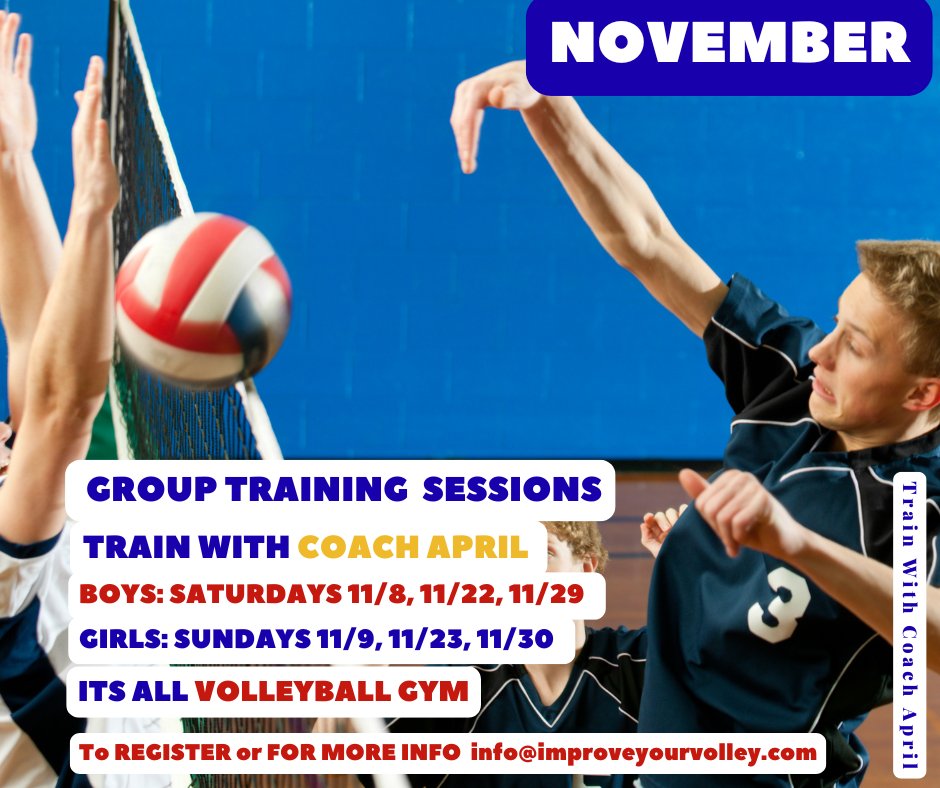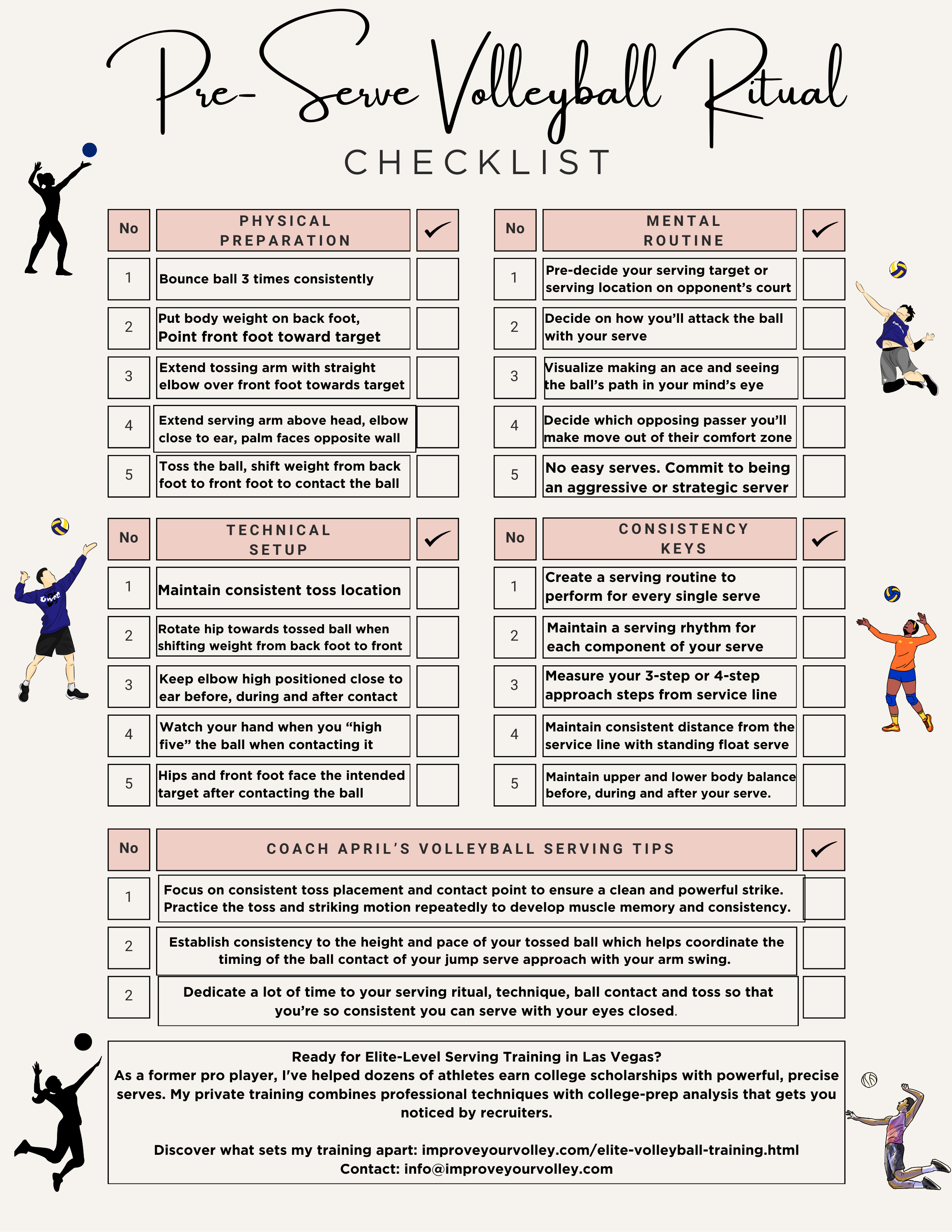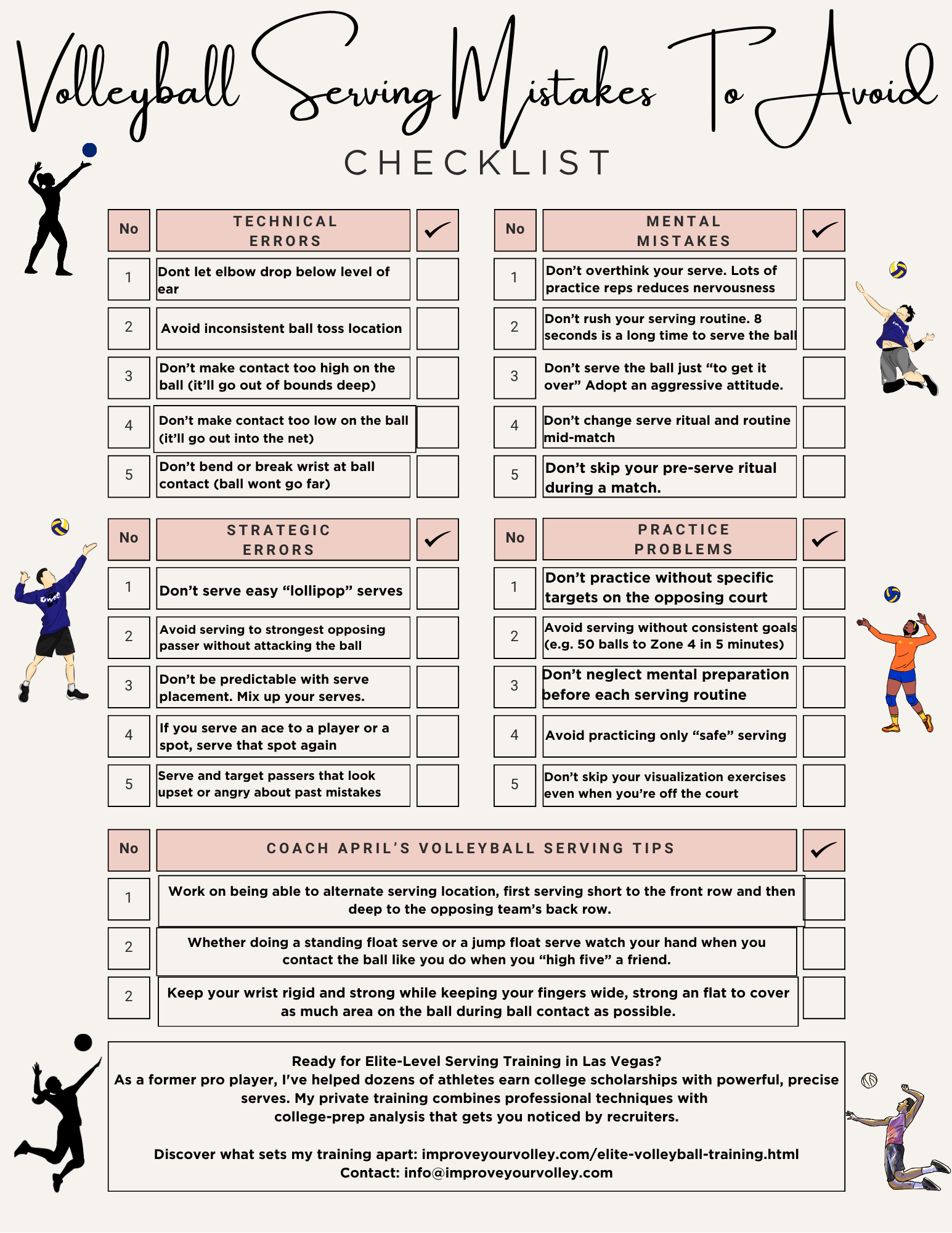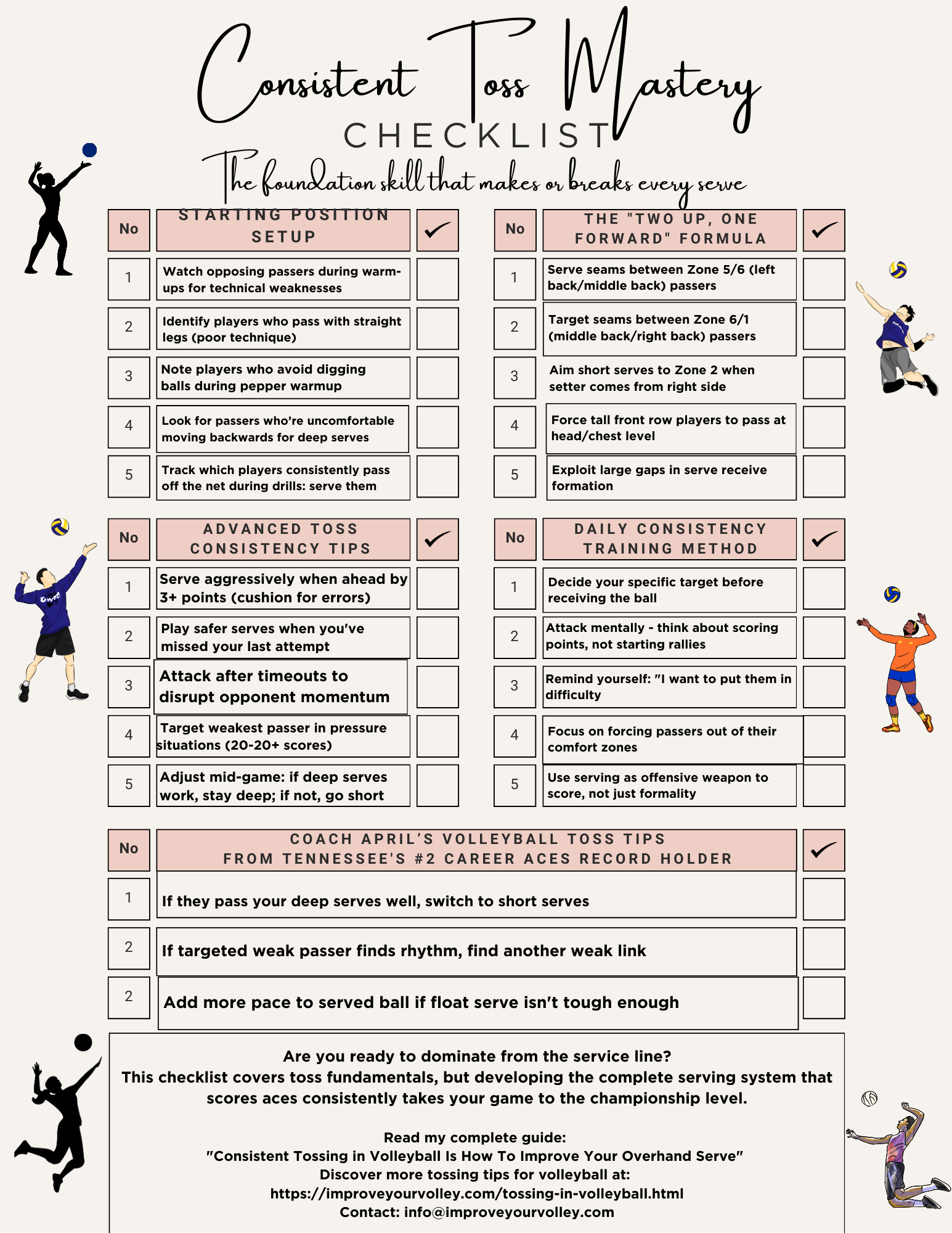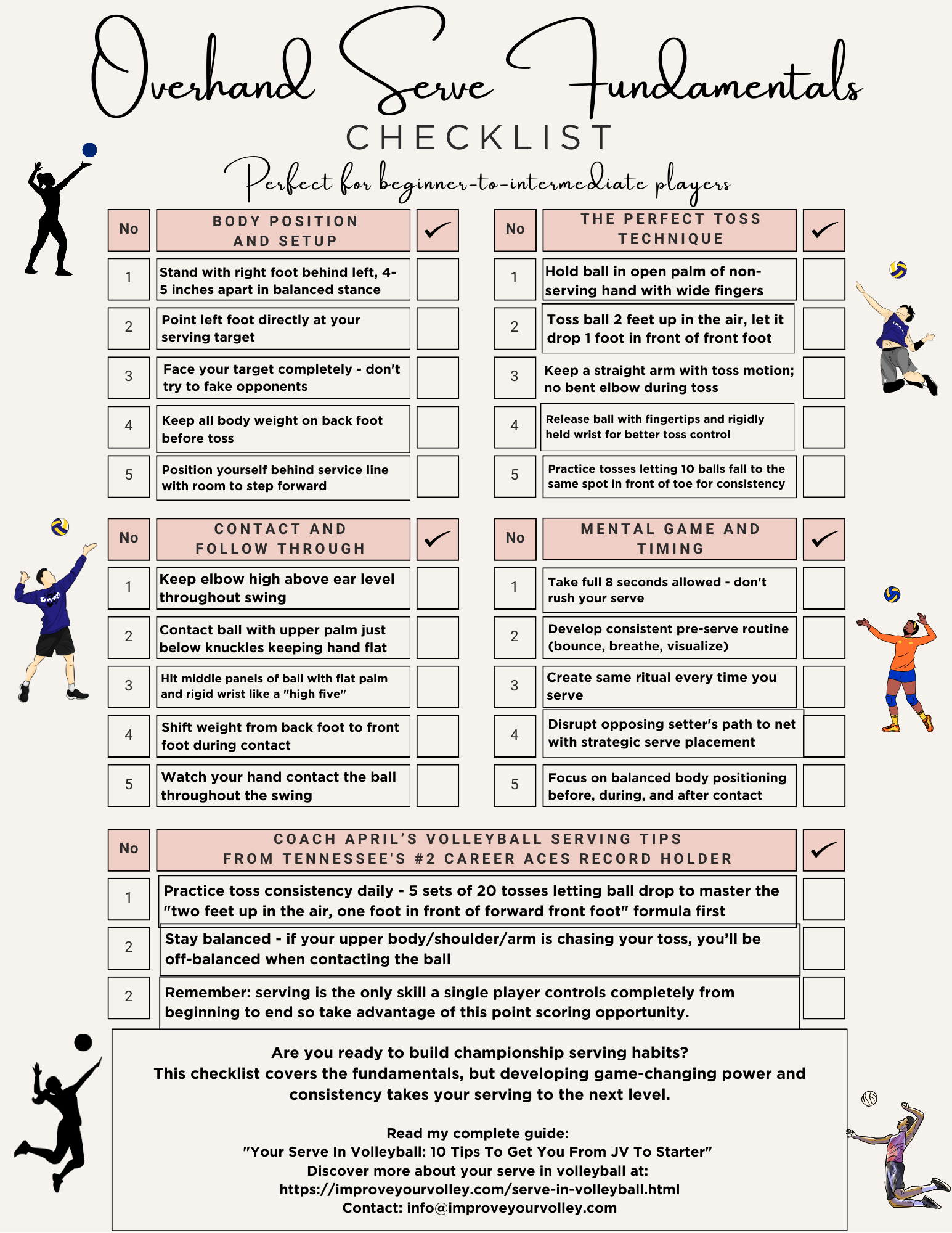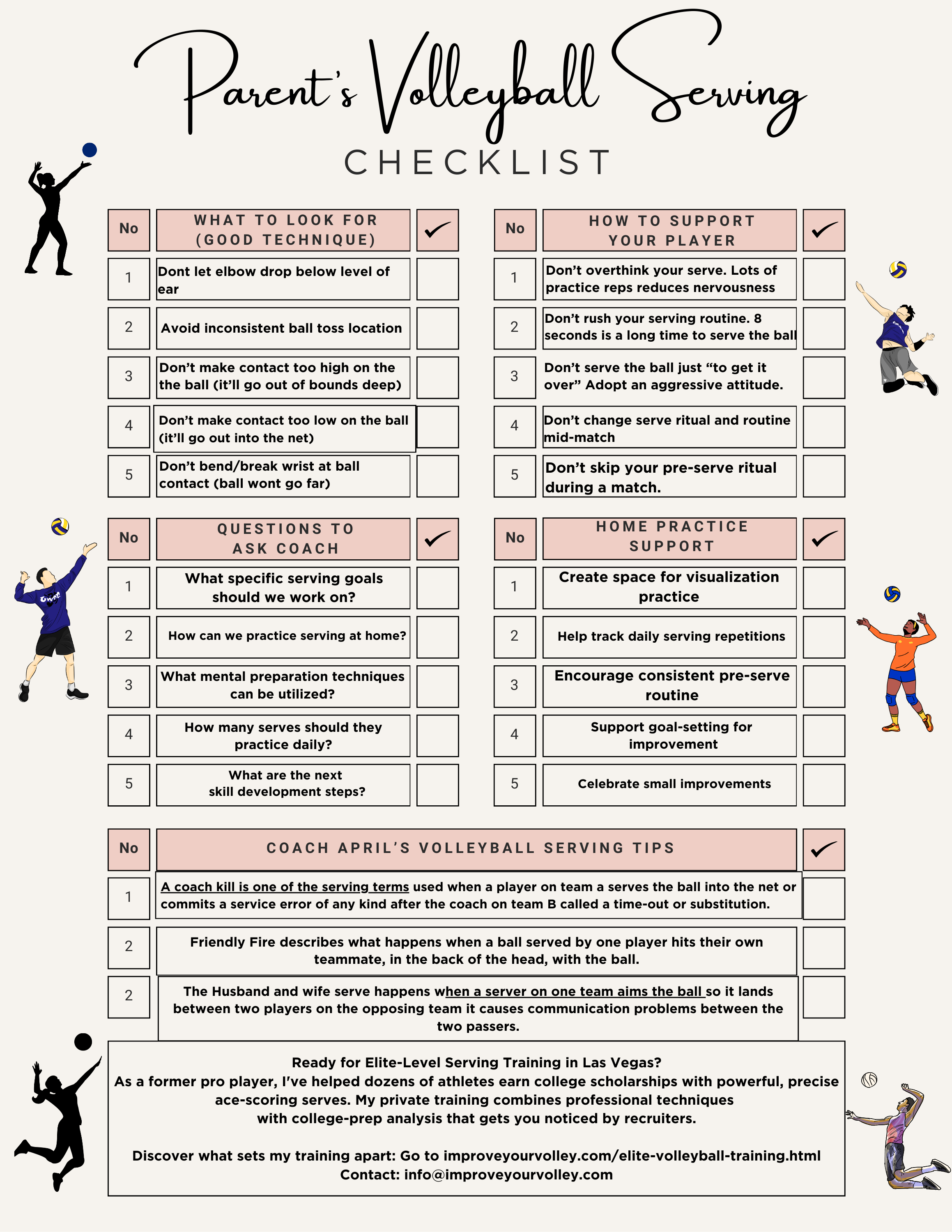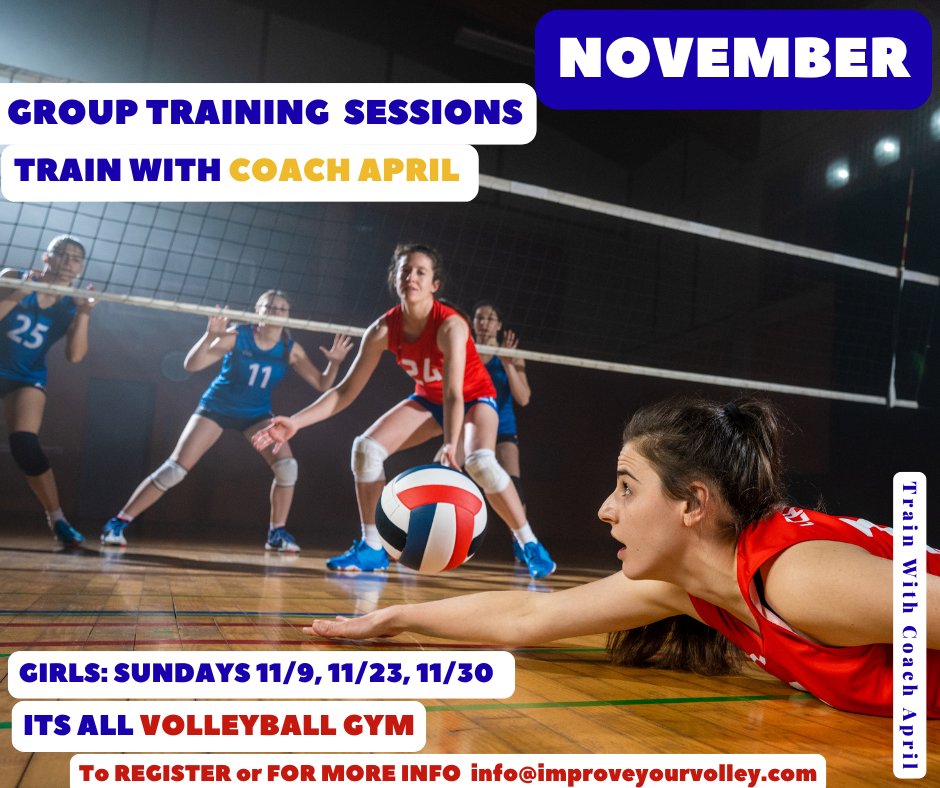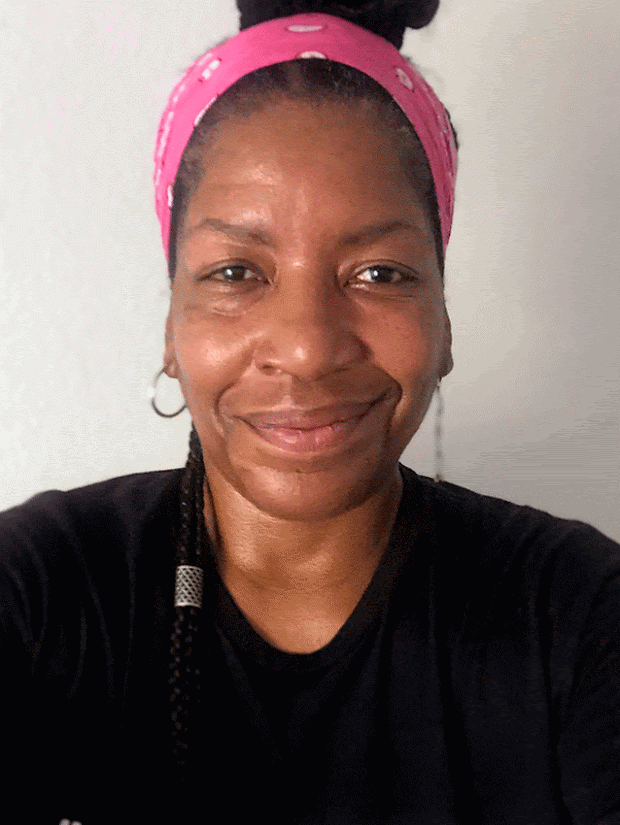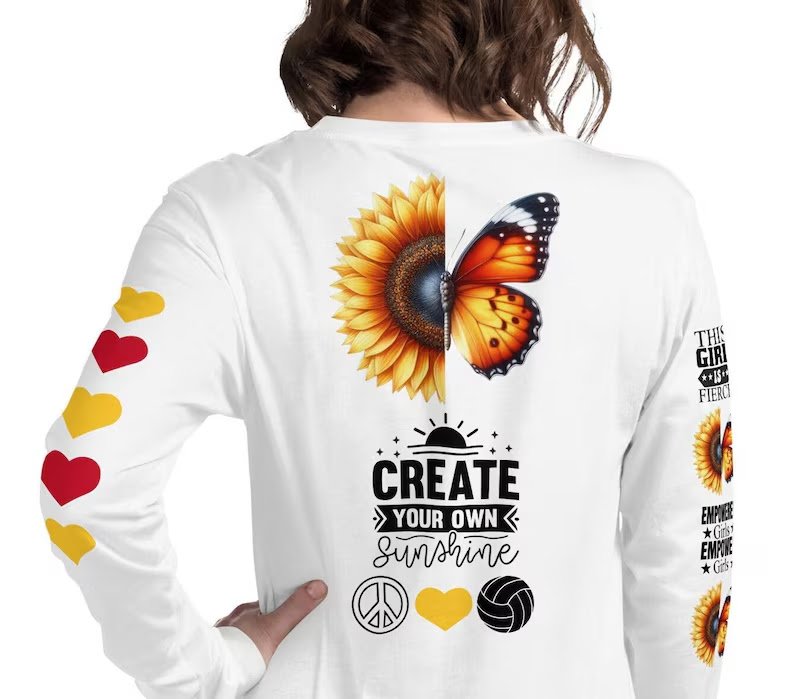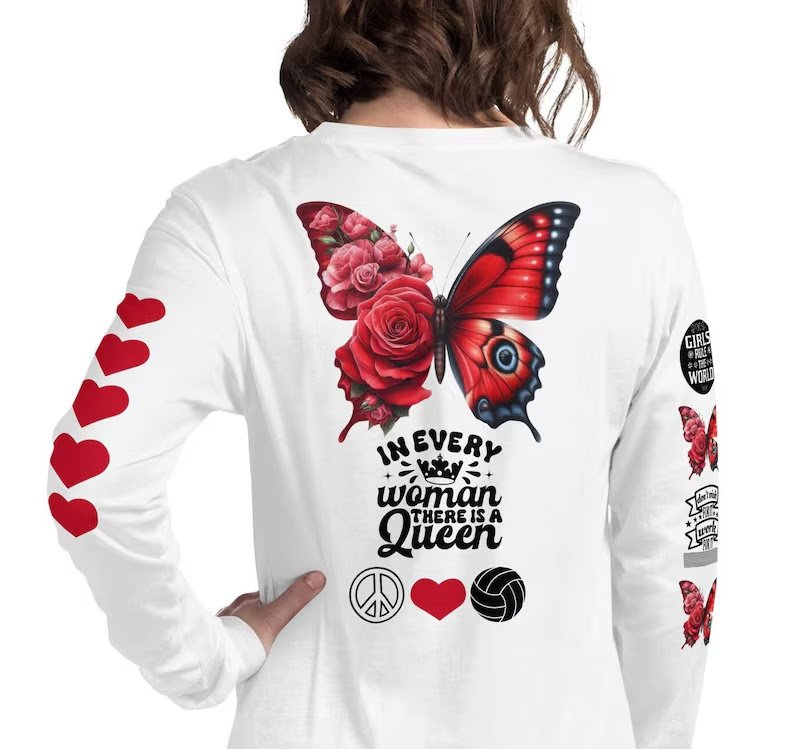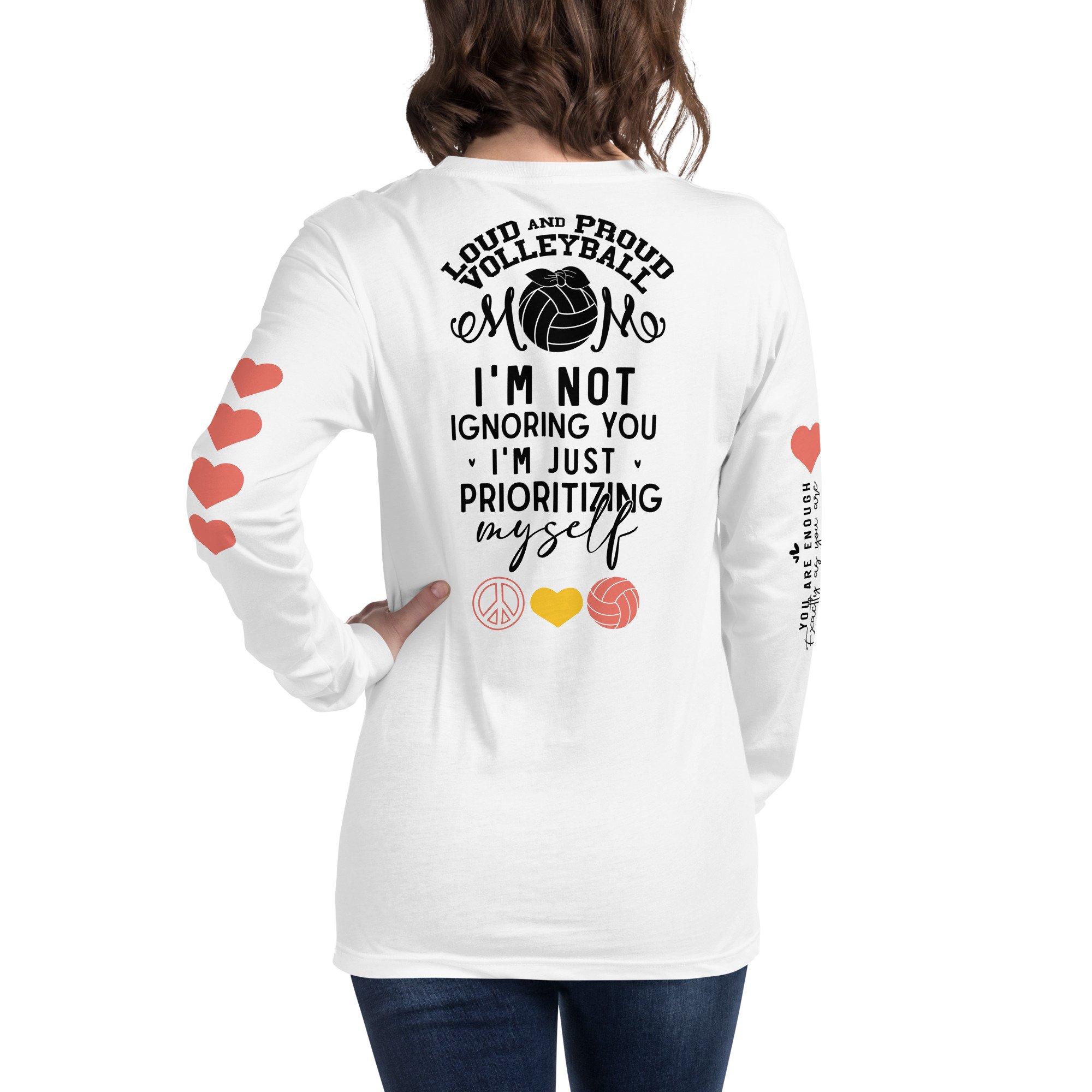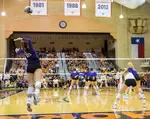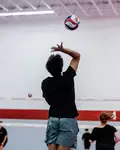- Improve Your Volleyball with Coach April
- How To Play Volleyball
How To Play Volleyball So That You Improve And Make Your Varsity Team
Learn how to play volleyball tips while learning the rules of the game for beginners and advanced players needing to get varsity skill instruction.
Are you ready to learn how to play volleyball so well that you make the team or teams you plan to try out for?
Whether your goal is to make your varsity, JV or a club team or even prepare to play in college you've come to the right place.
You'll get your questions answered and you'll learn things like
which all are a part of what you learn when you are taught how to improve your game playing skills so you can help your team score points and win.
Are you ready?
How To Play Volleyball:
Learn Basic Volleyball Skills on Serving
The serve is the first opportunity for you, the player, to score a point.
And, its the one skill, out of all six of the essential skills, that you, the player can do, all by yourself without the assistance of another player to help score a point for your team.
Once the referee blows their whistle to begin a rally, the player on the serving team in the right back position, which is also known as Zone 1, steps behind the service line and serves the ball over the net.
Beginner and inexperienced players learn how to play volleyball just by serving it over the net easily to begin the rally.
But the volleyball serves made by advanced players are tougher and harder because they may use a jump serve to try to score a point from the service line.
How To Play Volleyball:
Learn Basic Volleyball Skills on Passing
Passing and serving are two of the most important skills you can learn in this sport.
One of the two most important skills to learn first is passing in volleyball because if you can't pass then you can't play.
Passing is done when you hold both wrists together, and with both thumbs side by side and pointing to the ground as you contact the ball on the forearms of both arms.
Keeping your thumbs pointed to the ground, keeps your arms straight.
Your forearms, commonly known as "your platform", should be angled towards the target you plan on passing the ball to.
How To Play Volleyball:
Learn Basic Volleyball Skills on Setting
When learning how to set a ball, you'll use an overhead contact with all ten fingers shaped in a triangle around the ball to push it back up towards the ceiling, so it travels from you to your intended target.
Setters, are the players responsible for getting to every second ball on their side and they are specialists in using this overhead contact called "the set" to deliver the ball to the hitters on the team.
The setter waits close by the net for the pass and they "set the ball" to one of their outside hitters or middle blocker.
How To Play Volleyball:
Learn Basic Volleyball Skills on Spiking
The hitters responsibility is to spike the ball over the net, back to the side of the team who first served the ball.
They are trying to spike or hit the ball to an open space on the court so the receiving team can score a point.
When you score a point with a hard hit, its called a "kill."
How To Play Volleyball:
Learn Basic Volleyball Skills on Blocking
As a defensive player at the net, which is what a blocker is, you will block a ball by
- watching the ball while the opposing team's passer passes it to their setter
- then you'll watch the setter to see where she sets the ball from, how fast she sets it, and who she intends to set the ball to
- once the setter sets the ball you'll watch the ball, tracking the set as it leaves the setters hands and travels to the hitter
- finally you'll watch the hitter to quickly determine where her spike approach is taking her to meet the ball and see where her arm is swinging so you pick up clues on where she intends to spike the ball
How To Play Volleyball:
Learn Basic Volleyball Skills on Digging
Both defensive player positions in volleyball will use BSBH while playing defense
While its the blockers job to try and stop the ball at the net, its the responsibility of the players in the back row to keep the ball of the floor, if the ball happens to get past their block.
The technique used to keep the ball of the floor is volleyball digging.
A dig is made when you put your hand or arm(s) in front of the path of a ball, while sinking your hips lower to the ground, below the level of the oncoming ball.
You use your forearms to contact and deflect the ball up towards the ceiling so a second player, ideally the setter, can make a second contact on the ball.
How To Play Volleyball:
Where Do You Go From Here?
What do you need to do now? You have three options:
- Learn more about Serving and Basic Skills
- Follow the suggested reading on our Sitemap page Learning How To Play (Sitemap)
- Or visit the pages in the How to Play Volleyball section in the drop down menu at the top of the page to get started.
- Improve Your Volleyball Performance with Vegas VB Coach April Chapple ›
- How To Play Volleyball So That You Improve And Make Your Varsity Team
- Improve Your Volleyball with Coach April
- How To Play Volleyball
If your athlete struggles with consistent serve receive, gets subbed out, or is overlooked for playing time—this is the fix you’ve been looking for.

Struggling with passing consistency?
I help talented passers tired of getting pulled from games because of inconsistent serve receive skills BUILD passing confidence without expensive private lessons using the same 3-step system that's helped dozens of my athletes get recruited.
Download my eBook for $17.99 and start building the passing confidence that keeps you on the court—and gets you seen by college coaches.
From Lady Vol to Legend: Coach April Produces Powerful Passionate Players...is that you?
What Are You Looking For?
Click to Download Your Pre Serving Ritual Mastery Checklist pdf:
🎯Volleyball Pre Serving Ritual Guide -
Players! Learn How To Transform Your Serve from Weak to Weapon
Click to Download Your Parent's Volleyball Serving Checklist pdf
🎯Parent's Volleyball Serving Checklist Guide
Parents! Help Your Player Develop Championship Serves (Even If You've Never Played)
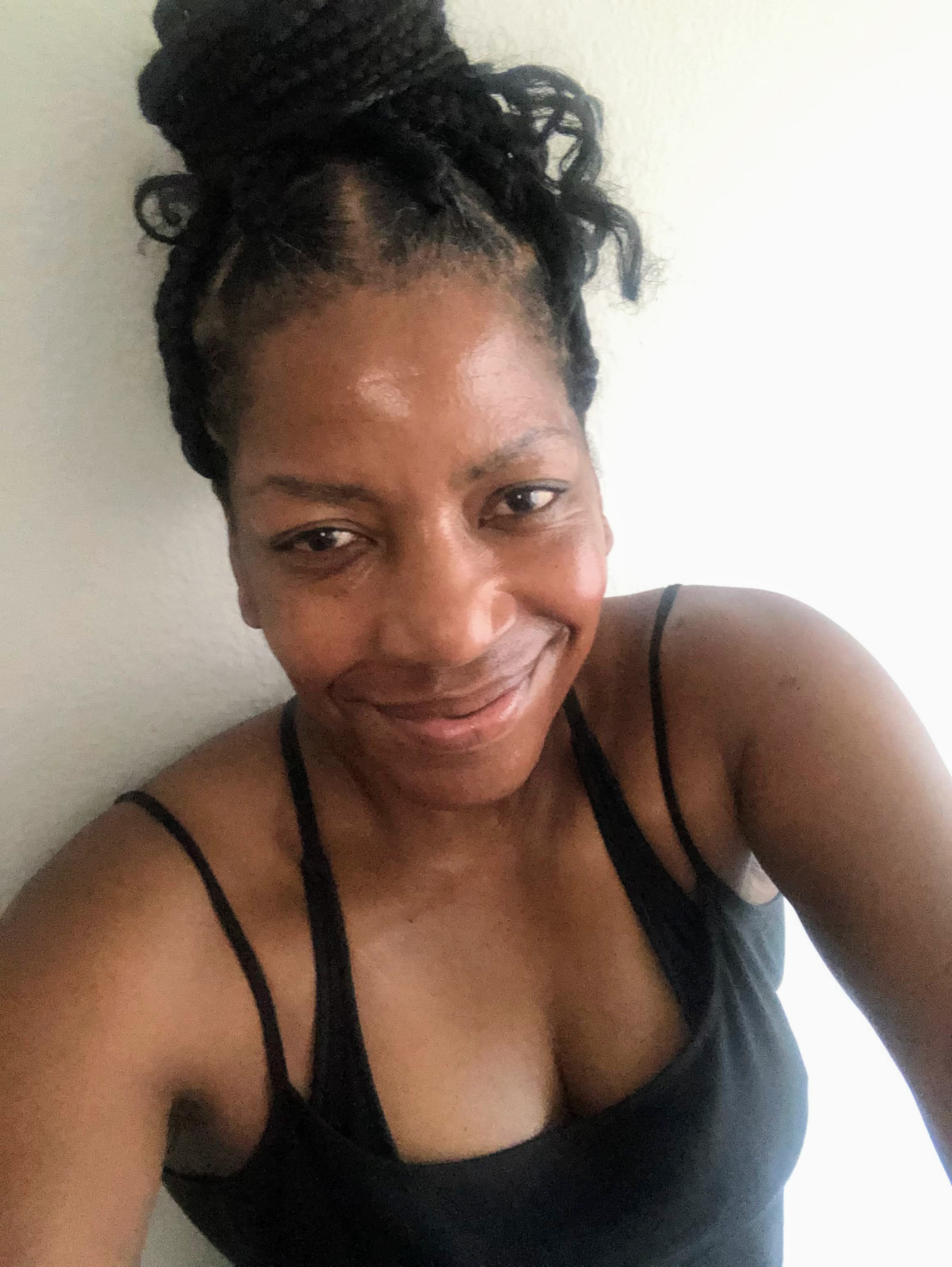
Hi there!
Thanks for stopping by. Hope you learned something today that will help you reach your volleyball goals.
Be sure to subscribe to my email newsletter so you can learn more each week!
Stay strong! Stay motivated!
-Coach April

SUSCRIBE to my email newsletter below!
 Click to learn more about the weekly volleyball classes and clinics or email info@imrpoveyourvolley.com for information
Click to learn more about the weekly volleyball classes and clinics or email info@imrpoveyourvolley.com for informationCongratulations to my seven Boys-18s Vegas Volley club players who played in two state championship finals yesterday, the 3A and 5A State champinship finals at Sunrise Mountain High School.
TOURNAMENT CHAMPIONS!
A-1 Vegas Volley VBC
In It To Win It Tournament
May 2 - 4, 2025 Tournament
Gold Medalists
18s Premier Division
Vegas Volleyball's Unsung Heroes: Celebrating Moms with Peace Love Volleyball Shirts
Ready to energize your volleyball mom journey?
Subscribe to my 'Producing Powerful Passionate Peaceful Players' email list above on ImproveYourVolley.com.
You'll receive energy-boosting tips, exclusive insights from me, Coach April Chapple on maintaining momentum in volleyball.
Let's power up the Vegas volleyball scene together!
Recent Articles
-
Overhand Float Serve Volleyball Tips Score More Aces In Volleyball
Dec 31, 25 02:13 AM
With these overhand float serve volleyball tips discover two specific court zones you can serve to in order to increase the chances of scoring more aces. -
Quickly Elevate Your Game With A Deadly Jump Float Serve in Volleyball
Dec 31, 25 02:01 AM
In this simple guide, I teach you how to improve your jump float serve in volleyball by measuring your steps, create a serving ritual and how to fix your toss. -
How to Serve A Floater Known As The Standing Float Serve in Volleyball
Dec 30, 25 11:08 PM
Learn how to serve a floater, also called a standing float serve that's hard for the opposing team to pass because of how the ball floats while crossing the net


